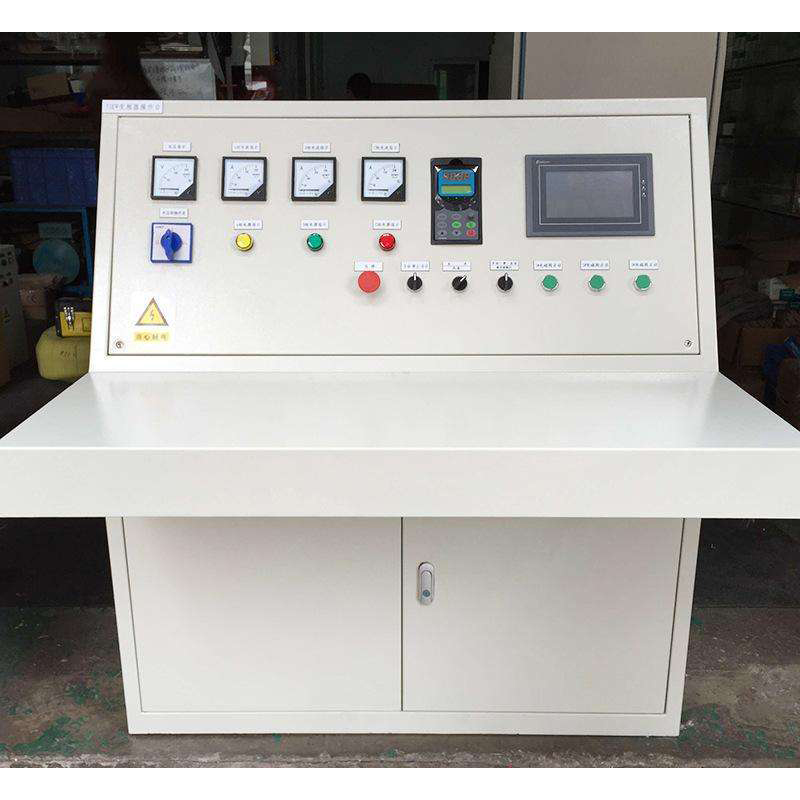
Nov . 18, 2024 06:18
Back to list
pneumatic valve
Understanding Pneumatic Valves An Essential Component in Automation
Pneumatic valves are critical components in the world of automation and fluid control systems. Designed to regulate the flow of air or gas in various applications, these valves play a key role in machinery, manufacturing processes, and even everyday devices. As industries increasingly rely on automation, the importance of pneumatic valves continues to grow.
What are Pneumatic Valves?
Pneumatic valves are devices that control the direction, pressure, and flow of compressed air within a system. They can be operated manually or automatically and are essential for the efficient operation of pneumatic circuits. There are several types of pneumatic valves, including solenoid valves, mechanical valves, and pressure relief valves, each serving specific functions depending on the application’s requirements.
Types of Pneumatic Valves
1. Solenoid Valves These are electrically operated valves that open and close based on the application of electrical current. They are widely used for their rapid response times and can control flow paths with a simple electric signal.
2. Directional Control Valves These valves manage the flow direction of compressed air. They can be two-way, three-way, or four-way, allowing for various configurations to control either single or double-acting cylinders.
3. Flow Control Valves These valves regulate the speed of actuators by controlling the rate of air flow into and out of a cylinder. This is essential for applications that require precise movement and control.
4. Pressure Relief Valves These safety devices prevent over-pressurization in a system by releasing air when the pressure exceeds a specified limit. This is critical for protecting equipment and maintaining safe operating conditions.
pneumatic valve

Working Principle of Pneumatic Valves
The basic operation of pneumatic valves hinges on either mechanical or electrical control mechanisms. In solenoid valves, an electric current energizes a coil, creating a magnetic field that moves a plunger. This movement opens or closes the valve seat, thereby controlling air flow. In mechanical valves, manual switches or levers force the valve open or closed, usually used in simpler systems.
The interaction between these valves and actuators (like cylinders) is what enables automation. When a valve directs compressed air to a cylinder, it creates movement. By coordinating the operation of multiple valves, complex automated tasks can be accomplished, such as assembly line operations or robotic functions.
Applications of Pneumatic Valves
Pneumatic valves are found in a wide array of industries and applications. Manufacturing plants utilize them in assembly lines, where they control the operation of machinery and tools. Automation in industries such as packaging, textiles, and automotive relies heavily on these valves to ensure seamless operation. Moreover, pneumatic valves are used in HVAC systems to control air flow and pressure, enhancing efficiency and comfort.
In the realm of transportation, especially in heavy machinery and vehicles, pneumatic valves regulate braking systems and operate pneumatic lifts, ensuring better control and safety. The versatility of pneumatic valves allows for application in almost any industry that utilizes compressed air for manufacturing or automation processes.
Conclusion
In conclusion, pneumatic valves are indispensable in today’s industrial landscape. Their ability to control the flow and direction of air or gas makes them vital for the operation of numerous automated systems. As technology advances and industries seek more efficient ways to improve productivity and safety, the role of pneumatic valves will only continue to expand, leading to innovations that further enhance their capabilities and applications. Understanding their types, working principles, and applications can help engineers and operators maximize the efficiency and safety of their pneumatic systems.
Latest news
-
Safety Valve Spring-Loaded Design Overpressure ProtectionNewsJul.25,2025
-
Precision Voltage Regulator AC5 Accuracy Grade PerformanceNewsJul.25,2025
-
Natural Gas Pressure Regulating Skid Industrial Pipeline ApplicationsNewsJul.25,2025
-
Natural Gas Filter Stainless Steel Mesh Element DesignNewsJul.25,2025
-
Gas Pressure Regulator Valve Direct-Acting Spring-Loaded DesignNewsJul.25,2025
-
Decompression Equipment Multi-Stage Heat Exchange System DesignNewsJul.25,2025

